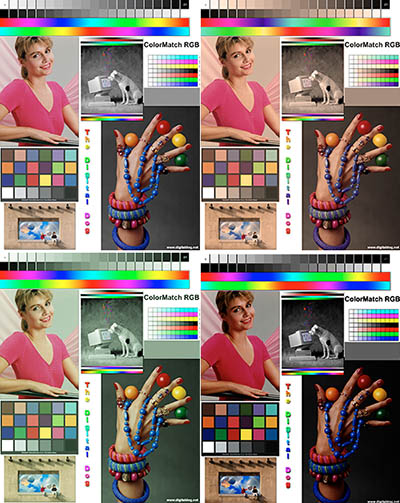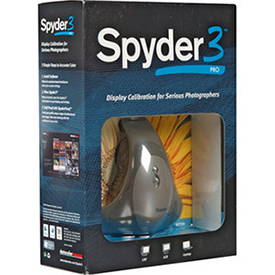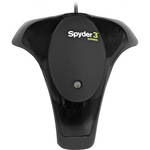Is “calibrate monitor” on your todo list? If not, you are missing an essential step in your photo processing workflow. I will go so far as to say that if you are editing your images after you take them, and your monitor is not calibrated, then you are wasting your time!
If you’re not sure what monitor calibration means, why it’s important, or how to go about it, then this page is for you.
“Calibrate Monitor” — What Does it Mean?
To calibrate a monitor means to adjust its color, brightness and contrast settings so that its color output matches a standard.

Printer Test Image
(source of original: www.digitaldog.net)
Which one of the above images is “correct?” Unless you are looking at this on a calibrated monitor, I’m not even sure what you’ll see. On my calibrated monitor, the top left image is the color correct one. The top right has a warm cast, and the bottom left has a green cast. The bottom right is too dark. If your monitor is not calibrated, your may see something quite different.
Why Calibrate Monitors?
Color calibration is critical so that you and I see the same image when we look at our monitors. As long as your viewer is using a calibrated monitor, they should see the same colors that you do when you create your images for the web.
Color calibration is also critical so that your photographic prints look like what you see on your monitor. There are many steps in producing a perfect print, but a key one in a color managed workflow is monitor calibration. Imaging if you don’t calibrate your monitor. You spend minutes or even hours tweaking your images in a RAW processor like Adobe Lightroom or Photoshop to get exactly what you want on the screen. Perfect! Now you print the photograph, or perhaps post it to your website. Someone else comes along who has a calibrated system, and they may see an image with a green cast, or one that’s too dark. That’s because your monitor colors were off when you created the image. So, you have wasted your precious time.
How Do You Calibrate Monitors?
To properly calibrate a monitor, you need a device called a colorimeter, and some software. The colorimeter is a physical device that you place on your monitor. The software that comes with it will display shades or red, green, blue, and grey on your monitor, while the device reads the color values. It will use a software algorithm to create a color profile of your monitor. This profile stores the proper color settings for your monitor so that they match a universal standard, and the profile is loaded whenever you start your computer.

Spyder Calibration from Datacolor
There are a number of different products on the market that calibrate monitors. They range in price anywhere from about $100 to $3000 USD. This is one item that is worth investing in, but you don’t need to go crazy. You can get a good product for the bottom price in the range. The one I use and recommend is Spyder3 from Datacolor. I have used Spyder calibration with both a PC and a Mac, and with both a CRT display and an LCD. It works like a charm, is straightforward to use, and has given me excellent results when used in my printing workflow. It’s also reasonably priced, at under USD$150.
Whatever product you choose, make sure it works on your operating system, and make sure it works for the type of display you want to calibrate: a CRT, an LCD, a laptop, or a projector.
“Todo: Calibrate Monitor” — How Often?
Your calibration software will likely remind you when it’s time to recalibrate. About once a month is probably reasonable. LCD monitors are a little more stable than CRT’s so may need calibrating less often, but why take a chance? Color calibration is so critical, that I would make the process part of your regular routine. It only takes a few minutes.
Tips for Monitor Calibration
You should warm up your monitor for an hour before calibrating.
Plug in the colorimeter device for about 5 minutes before using
it, to let it warm up too.
Turn your screen saver and other power saving features off during calibration. You don’t want your monitor to go dark part-way through the process, or you’ll have to start over again!
Calibrate in a darkened room, in the light under which you normally edit your photographs. Make sure you have no external lights falling on the screen. I even go so far as to make sure I’m wearing neutral clothing (no bright red sweater!) if I will be sitting in front of the monitor during calibration to avoid unwanted reflections of color on the screen.
If you use a laptop with an external monitor, make sure you are creating a profile for the correct screen.
If you have an older version of a color calibration product, make sure you download the latest software driver from the Datacolor website if you want to install it on a newer version of your O/S.

Check out these
monitor calibration
tools from B&H
Now you are ready to check “calibrate monitor” off your todo list! Next you may want to learn about the rest of the digital photo workflow.